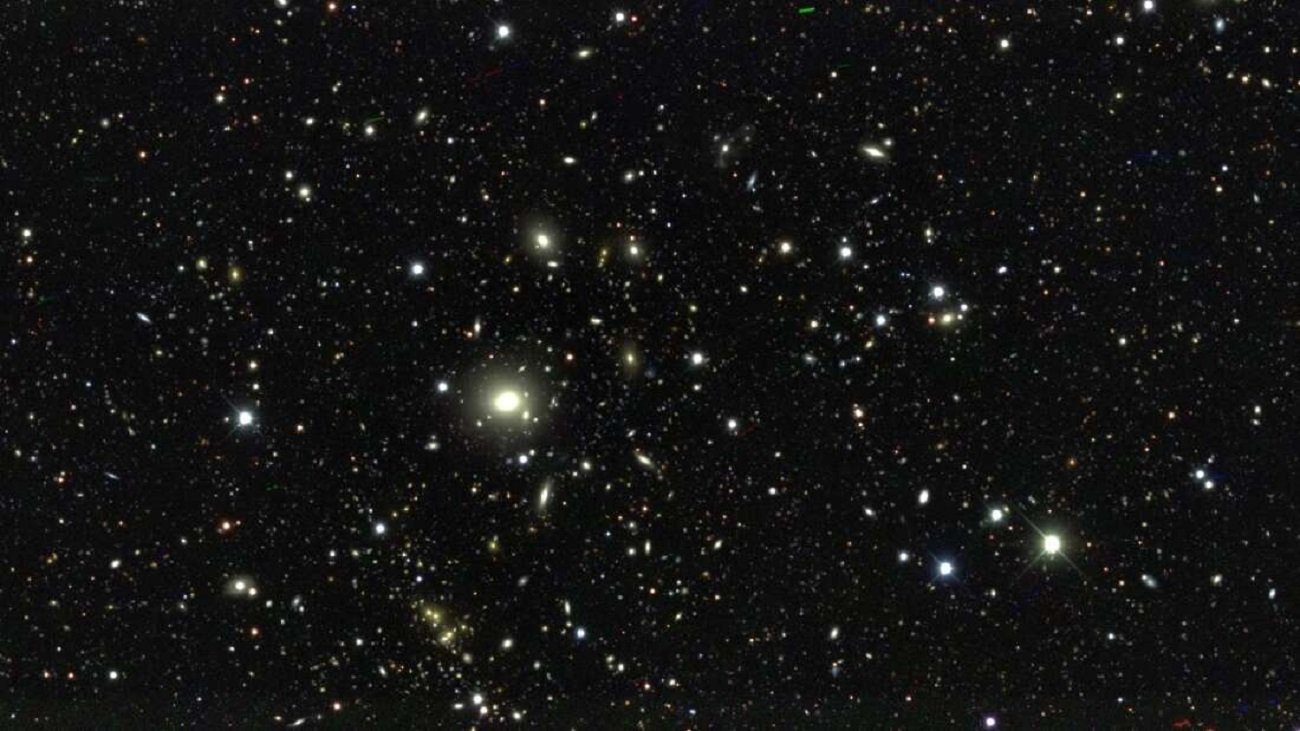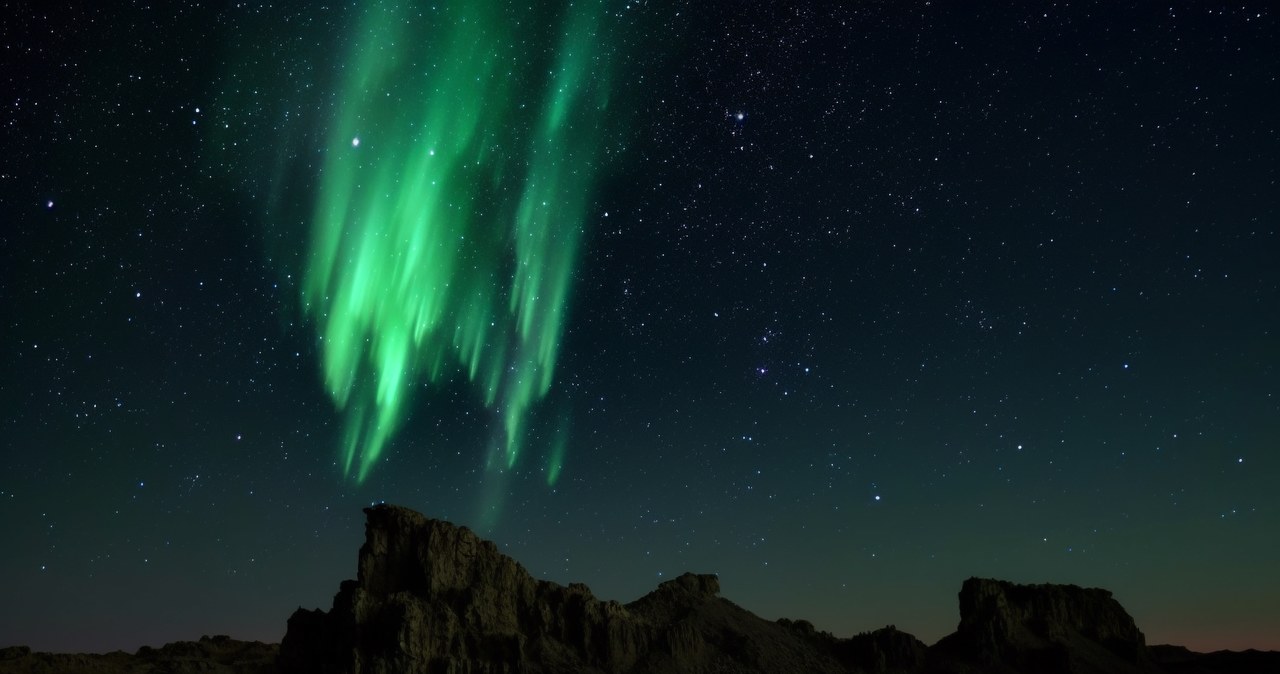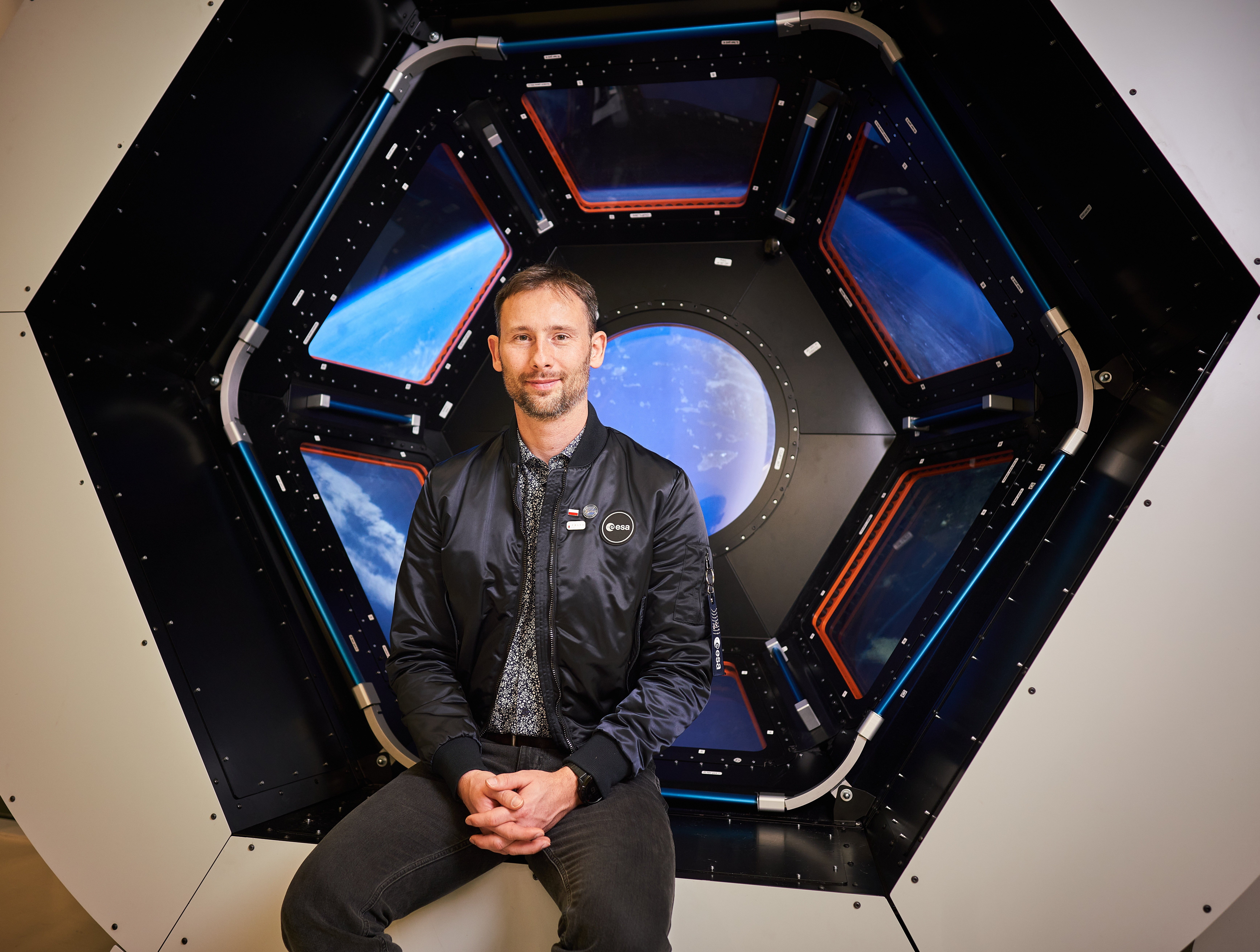An international team of scientists has just announced that they have discovered two of the most distant galaxies in space using their pioneering space telescope. The light from these galaxies, recorded by the James Webb Telescope’s 6.5-meter mirror, was emitted only 300 million years after the Big Bang.
As they traveled over 13.5 billion years in the expanding universe, the light from these galaxies expanded as well. As a result, the ultraviolet radiation emitted 300 million years after the Big Bang, before it reached the mirror of the James Webb Space Telescope, was sufficiently elongated to be recorded as infrared radiation, which the James Webb Space Telescope was designed to observe.
Read also: The most distant galaxies that man has ever seen. James Webb pushes the boundaries
The record holder in terms of distance is now the JADES-GS-z14-0 galaxy. The second galaxy in the distance line is the JADES-GS-z14-1 galaxy, which was discovered as part of the same research project. However, the study’s authors draw attention to the fact that the first of these galaxies is interesting not only in terms of their distance from Earth, but also in terms of size and brightness.

Although it has only been 300 million years since the universe was created when we see this galaxy, it is not only very large, but also surprisingly bright.
However, scientists point out that the light it emits comes from a very large number of very young stars, and not from material falling on the supermassive black hole at the center of the galaxy.
JADES-GS-z14-0 is thus the best evidence yet that the formation of large and massive galaxies in the early Universe was truly efficient. The Order did not have much time to form such a large and active body.
However, it should be noted that such conclusions could have been made from the first images taken by the James Webb Space Telescope two years ago. Over the next two years, each subsequent picture only reinforced this thesis.
Read also: Oldest known dead galaxy. James Webb discovers its secrets
The galaxy described here was first observed more than a year ago. But then scientists concluded that it was a neighbor of a galaxy located much closer to us. Only the most detailed studies conducted as part of a near-infrared observing campaign allowed us to determine that the two galaxies are close to each other only by chance in the sky, but in fact one is much further away from us than the other.
Astronomers analyzing the two galaxies point out that the early universe had truly impressive dynamics. Not only did stars and galaxies begin to form there very quickly, but spectroscopic data also indicates that heavier elements, which we already know from our evolving cosmic environment, began to form there very quickly.
However, the question arises whether the discovery of such large, bright, and evolving galaxies just 300 million years after the Big Bang means it is worth searching for other, farther, older galaxies? It is human nature to push boundaries. So we can be sure that scientists will now start looking even further to find even older galaxies, and thus get closer to the truly first galaxies in the universe.

Echo Richards embodies a personality that is a delightful contradiction: a humble musicaholic who never brags about her expansive knowledge of both classic and contemporary tunes. Infuriatingly modest, one would never know from a mere conversation how deeply entrenched she is in the world of music. This passion seamlessly translates into her problem-solving skills, with Echo often drawing inspiration from melodies and rhythms. A voracious reader, she dives deep into literature, using stories to influence her own hardcore writing. Her spirited advocacy for alcohol isn’t about mere indulgence, but about celebrating life’s poignant moments.









